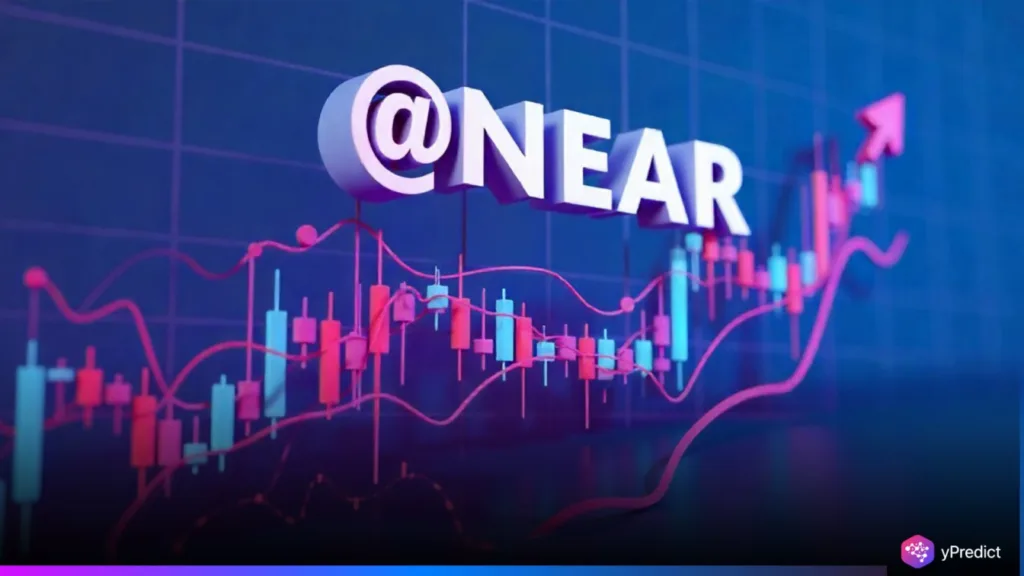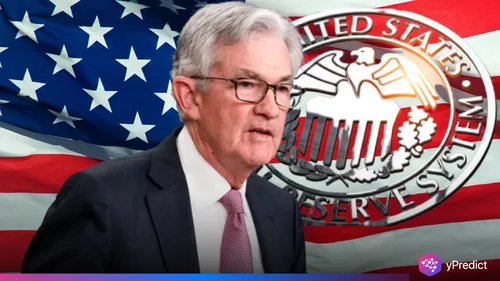
As of July 2025, the Buffett Indicator reached a staggering 212%, which exceeds the Dot-Com Peak of 192%! The Buffett Indicator indicates that the U.S. stock market and economy might be overvalued by quite a bit. The Buffett Indicator compares the total market capitalization of publicly traded U.S. stocks to the U.S. Gross Domestic Product (GDP). However, the Buffet Indicator is flashing red. Some analysts are warning that this suggests a correction at some point if macroeconomic headwinds escalate. Although the Buffett Indicator is known as Buffett’s Indicator, Warren Buffett has often stated the limitations of it, and warned not to rely on it alone. However, history shows that markets at valuation extremes do not generally come back unscathed.
Market Surpasses Historical Highs Amid Caution
Current readings place the Buffett Indicator 1.8 standard deviations above the long-term average, raising eyebrows across Wall Street. As a point of reference, during the Dot-Com Peak in March 2000 the ratio was a then-highest ratio of 192% before the NASDAQ Crash took out 78% of the index. When the financial crisis hit in 2008, the ratio of corporate earnings to the market cap of the S&P 500 was at 103% and it subsequently fell 57%. In contrast, the current number of 212% is unprecedented and leaves both previous instances in the dust.
This moment in time appears to be taking place with pedestrian corporate earnings and a relatively arrested outlook for the U.S. economy. The 10-year U.S. Treasury yield, which historically averages 5.84%, is low. Many investors are claiming the current valuations are way out of whack with underlying fundamentals. Market veterans are beginning to raise red flags, pointing to historical corrections that followed similar overextensions.
Federal Reserve’s Role in Market Sensitivity
The Federal Reserve is still a major catalyst for the next direction of the market. As interest rate decisions approach, the markets are reacting even more to the Federal Reserve’s next location. The tightening cycle has historically prompted correction for financial markets. For example, in the early 2000’s and 2007 to 2008, the Federal Reserve raised rates before a downturn.
Analysts are now watching whether any policy changes weaken confidence in equity valuations. A single unexpected hike could ignite volatility, especially when the Buffett Indicator is already flashing signs of overheating. Despite no official comment on the indicator, Fed watchers agree that elevated ratios combined with tight monetary policy could create a dangerous mix. The central bank’s tone over the coming quarters may either calm or fuel investor anxiety.
Warren Buffett Distances from Overreliance
Although the Buffett Indicator bears his name, Warren Buffett himself has warned against overreliance on it. In multiple past interviews, he called it a “rough guide” rather than a predictive tool. He emphasized how much more we should pay attention to things such as corporate earnings, and interest rates. This also deepens the conversation because Buffett is suggesting that we should all be cautious, as the indicator looks stretched, in a time in the world where the market is changing the more traditional metrics.
With AI trading centers and algorithmic trading having the types of impacts on daily volume, simple valuation measures might lead to the same types of sell-off transactions just starting to occur. The fact is, the Buffett Indicator has surged upward since 2000, with every major market decline and every major market crisis. Being cautious doesn’t calm the mind, given the overwhelming amount of data that echoes the same notions of past crises.
Fears of Another NASDAQ Crash Surface
As the NASDAQ continues to hover near record levels, fears of a sharp downturn are resurfacing. The memory of the NASDAQ Crash post-Dot-Com Peak lingers, especially among veteran traders. In 2000, overvalued tech stocks collapsed under pressure from rate hikes and weak earnings, leading to years of stagnation. Today’s scenario feels uncomfortably similar.
AI trading systems could accelerate such a decline. Rapid sell signals can trigger cascading effects across sectors. The market may not crash overnight, but many believe it’s teetering. The Buffett Indicator’s historic accuracy in signaling overheated markets makes it hard to ignore, despite Buffett’s caveats. The market’s current trajectory echoes past crises, with the Buffett Indicator serving as a stark warning sign. Though not definitive, its 212% reading surpasses levels seen before both the Dot-Com Peak and the 2008 crisis.







